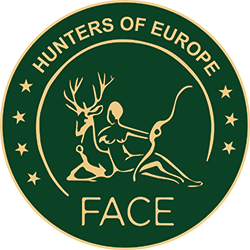
13 Jun 2025 The Estonian Wolf Case – What’s new?
What happens when the National Red List says the wolf is Vulnerable, and the conservation status under the Habitats Directive says it’s Favourable?
Answer: The judgment of the European court clearly says that this is a possible outcome.
What is the best level to assess conservation status?
Answer: As a first step, it is necessary to make an assessment at the local and national level, but this is followed by an all-important ‘however’. The ‘however’ goes on to explain that with a view to the adoption of management measures, a Member State should consider if the population of wolves extends beyond national boundaries, with exchanges between neighbouring Member States or third countries.
Perhaps national Red Lists are more appropriate for showing trends and indicators. IUCN recommends caution when applying Red List criteria to part of a population defined by a national border, particularly where there is an exchange of individuals, as this can result in an inaccurate estimate of extinction risk. Equally, we would argue that they are less suitable as a basis for management recommendations.
Following the judgement, Tõnis Korts, CEO of the Estonian Hunters Society, stated: “We are very satisfied with this court judgement, because we have lived alongside wolves for a long time and know how to do it. We have managed wolf populations based on both our experience and legal regulations, and we know that we are doing it correctly”.
Court judgement: https://curia.europa.eu/juris/document/document.jsf?text=&docid=301163&pageIndex=0&doclang=EN&mode=req&dir=&occ=first&part=1&cid=4273058
IUCN Ref: https://portals.iucn.org/library/sites/library/files/documents/RL-2012-002.pdf

